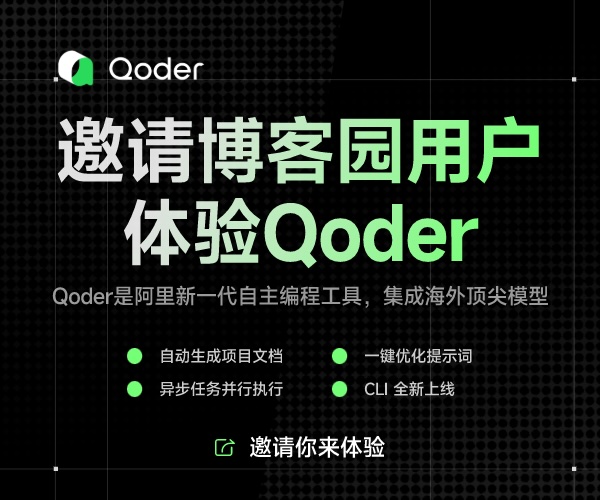Virtual inheritance
From Wikipedia, the free encyclopedia
- For inheritance of virtual functions, see virtual function.
In the C++ programming language, virtual inheritance is a kind of inheritance that solves some of the problems caused by multiple inheritance (particularly the "diamond problem")
by clarifying ambiguity over which ancestor class members to use. It is
used when inheritance is representing restrictions of a set rather than
composition of parts. A multiply-inherited base class is denoted as
virtual with the virtual keyword.
Contents[hide] |
[edit] The problem
Consider the following class hierarchy.
class Animal
{
public:
virtual void eat();
};
class Mammal : public Animal
{
public:
virtual Color getHairColor();
};
class WingedAnimal : public Animal
{
public:
virtual void flap();
};
// A bat is a winged mammal
class Bat : public Mammal, public WingedAnimal {};
Bat bat;
But how does bat eat()? As declared above, a call to bat.eat() is ambiguous. One would have to call either bat.WingedAnimal::Animal::eat() or bat.Mammal::Animal::eat().
This situation is sometimes referred to as diamond inheritance because the inheritance diagram is in the shape of a diamond. Virtual inheritance can help to solve this problem.
[edit] Class representation
Before going further it is helpful to consider how classes are represented in C++. In particular, inheritance is simply a matter of putting parent and child class one after the other in memory. Thus Bat is really (Animal,Mammal,Animal,WingedAnimal,Bat) which makes Animal duplicated, causing the ambiguity.
[edit] Solution
We can redeclare our classes as follows:
class Animal
{
public:
virtual void eat();
};
// Two classes virtually inheriting Animal:
class Mammal : public virtual Animal
{
public:
virtual Color getHairColor();
};
class WingedAnimal : public virtual Animal
{
public:
virtual void flap();
};
// A bat is still a winged mammal
class Bat : public Mammal, public WingedAnimal {};
Now the Animal portion of Bat::WingedAnimal is the same Animal as the one used by Bat::Mammal, which is to say that a Bat has only one Animal in its representation and so a call to Bat::eat() is unambiguous.
This is implemented by providing Mammal and WingedAnimal with a vtable pointer since, e.g., the memory offset between the beginning of a Mammal and of its Animal
part is unknown until runtime. Thus Bat becomes
(vtable*,Mammal,vtable*,WingedAnimal,Bat,Animal). Two vtable pointers
per object, so the object size increased by two pointers, but now there
is only one Animal and no ambiguity. There are two vtables pointers:
one per inheritance hierarchy that virtually inherits Animal: One for
Mammal and one for WingedAnimal. All objects of type Bat will have the
same vtable *'s, but each Bat object will contain its own unique Animal
object. If another class inherits Mammal, such as Squirrel, then the
vtable* in the Mammal object in a Squirrel will be different from the
vtable* in the Mammal object in a Bat, although they can still be
essentially the same in the special case that the squirrel part of the
object has the same size as the Bat part, because then the distance
from the Mammal to the Animal part is the same. The vtables are not
really the same, but all essential information in them (the distance)
is.



